Refinishing / finishing out Douglas fir
thenarrows
13 years ago
Related Stories

GREAT HOME PROJECTSWhat to Know Before Refinishing Your Floors
Learn costs and other important details about renewing a hardwood floor — and the one mistake you should avoid
Full Story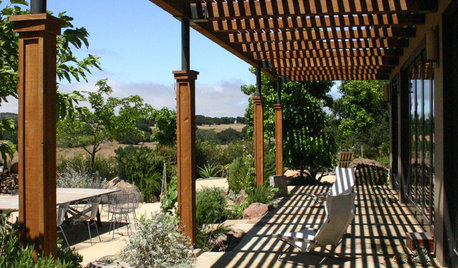
PATIOSPatio Details: A Shaded Patio Opens Up the View in Wine Country
A Douglas fir and metal pergola offers shelter from the hot sun on this scenic California property
Full Story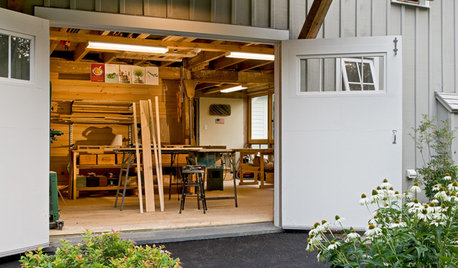
LIFEStressed Out? Try Hitting the Woodshop
Building things with your hands just might boost your mood while giving you personal new pieces for your home
Full Story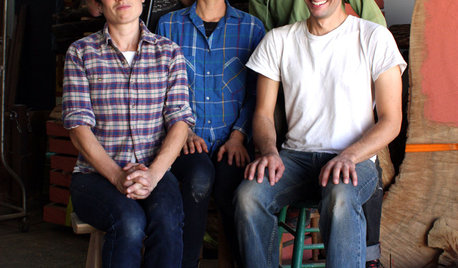
TASTEMAKERSA 'Parks and Recreation' Star Comes Out of the Woodwork
Before Tinseltown called, he was a craftsman. Now Nick Offerman has turned his Los Angeles woodshop into a collective
Full Story
WOODKnotty and Nice: Highly Textured Wood Has a Modern Revival
Whether it's cedar, fir or pine, if a wood has a knot, it's hot
Full Story
REMODELING GUIDESDesigner Confessions: Torn Between Wood Floors
19 Photos to Help You Choose a Wood Floor Finish
Full Story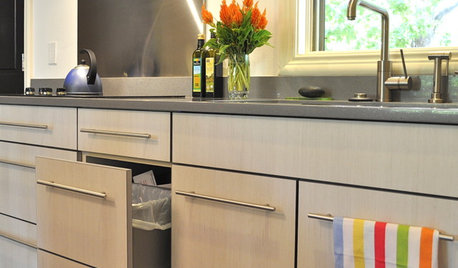
KITCHEN DESIGNEcofriendly Kitchen: Healthier Kitchen Cabinets
Earth-friendly kitchen cabinet materials and finishes offer a host of health benefits for you and the planet. Here's a rundown
Full Story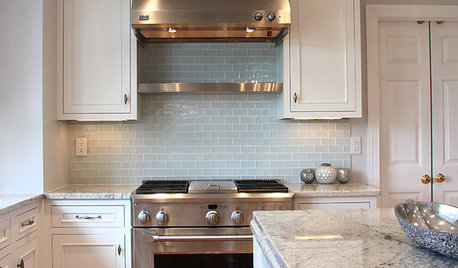
KITCHEN DESIGN5 Favorite Granites for Gorgeous Kitchen Countertops
See granite types from white to black in action, and learn which cabinet finishes and fixture materials pair best with each
Full Story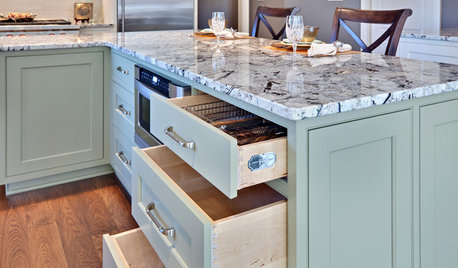
KITCHEN DESIGNWhat Goes With Granite Counters?
Coordinate your kitchen finishes beautifully by choosing colors that complement granite’s natural tones
Full Story
COLOR11 Terrific Paint Color Matches for Wood Details
Pair your wood trim and cabinets with the right shade of wall paint to bring out the beauty in both
Full Story






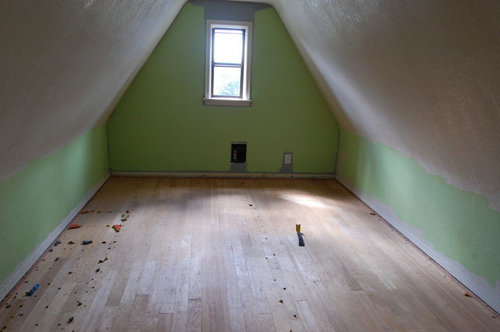
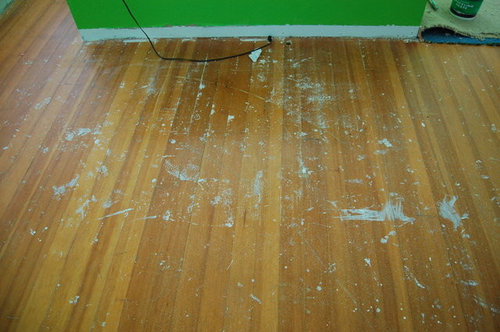





slateberry
User
Related Professionals
Albany Kitchen & Bathroom Designers · Hybla Valley Kitchen & Bathroom Designers · Lockport Kitchen & Bathroom Designers · South Barrington Kitchen & Bathroom Designers · Plainview Kitchen & Bathroom Remodelers · Champlin Kitchen & Bathroom Remodelers · Cleveland Kitchen & Bathroom Remodelers · Pueblo Kitchen & Bathroom Remodelers · Warren Kitchen & Bathroom Remodelers · Wilson Kitchen & Bathroom Remodelers · Joppatowne Kitchen & Bathroom Remodelers · Glenn Heights Kitchen & Bathroom Remodelers · Euless Architects & Building Designers · Fayetteville Architects & Building Designers · Saint Louis Park Architects & Building DesignersthenarrowsOriginal Author
Circus Peanut
thenarrowsOriginal Author
Circus Peanut